OTSUMAMI
Japanese small bites & appetizers
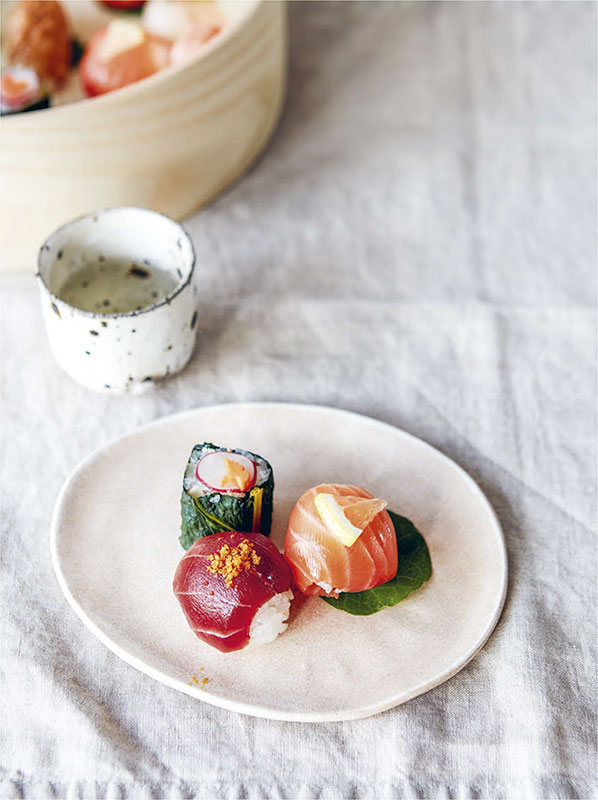

ATSUKO IKEDA
OTSUMAMI
Japanese small bites & appetizers
OVER 70 RECIPES TO ENJOY WITH DRINKS

PHOTOGRAPHY BY YUKI SUGIURA

CONTENTS
THE RECIPES

The greatest pleasures in life are usually simple things. One of them is meeting with friends for a casual drink and a bite to eat. Whether at the pub, at a street-food market or at home, there is joy to be had in sharing downright delicious food from a selection of small plates, so that everyone can sample a taste of this and a bite of that. This unpretentious way of eating pairs perfectly with a drink.
Japan is famous for its otsumami, which means the nibbles you have while drinking. Otsumami can come in many forms: hot or cold, raw or cooked, meat, fish or plant-based. All across Japan, youll find different mouthwatering varieties of otsumami: whether in Fukuoka, jumping from one yatai (street food stall) to another, or walking through the Dotonbori district of Osaka chasing after the perfect takoyaki octopus ball or okonomiyaki pancake. The myriad of matsuri (festivals) throughout Japan are also celebrated for their street food, while its always difficult not to order the whole menu at famous izakayas, the Japanese answer to tapas bars.
Inviting friends into your home for a relaxed gathering with drinks and nibbles always seems more daunting than it should. The difficult part being finding the right menu you want something a bit different, that looks enticing and with enough variety in the dishes to keep everyone satisfied.
With this collection of recipes, I will help you surprise and impress your guests with some perfect otsumami food. Why not make some Rainbow Dips (see pages ). These are just a few examples of the scrumptious small plates and bite-sized delights on offer in this book. Infused with Japanese flavours, these dishes are all delicious, perfect for sharing, easy to make and beautifully presented.
Chapters are divided into Simple Light Bites, Meat & Poultry, Fish & Seafood, Vegetables and Tofu & Eggs to make it easier for you to navigate and choose your dishes. Ive also added a section on party planning (see ), covering everything from designing your menu to kitchen and cooking prep. There is information about Furoshiki, the art of cloth wrapping (if you want to go the extra mile for an authentic Japanese experience), a basic guide to Japanese beverages and how to serve them, plus some deliciously inventive cocktail recipes to spice up your evening. With these tips, youll soon become a pro at hosting and cooking for stress-free, delicious otsumami parties!
I hope this book will open your eyes to new possibilities in the joyful art of cooking and hosting, and that it can become a trusted companion which you go back to again and again...

A little advance planning will make your dinner party much easier to organize and eventually enjoy with your guests. To help you achieve this, here is a set of guidelines to consider before you get started.
A BALANCED MENU WITH A STAR DISH
Lay your menu foundation by first choosing your star dish or main course. To narrow down your options, take into consideration factors such as the fresh and seasonal produce available at the time, the weather or time of year, your guests preferences and any food restrictions they might have.
Once you have chosen your star dish, you can start building the rest of your menu to support it. Japanese cuisine is all about balance and it follows what we call the rule of 5. A meal should include:
5 DIFFERENT COLOURS (red, green, yellow, white and black/brown) for nutritional balance. Vegetables offer a wide variety of colours to choose from and sometimes only a touch of contrasting colour, such as from sesame seeds or spices, does the trick.
5 DIFFERENT TASTES (sweet, sour, salty, bitter and umami) to feel fully satisfied.
5 DIFFERENT COOKING METHODS (simmer, steam, fry, grill/broil and raw) for a variety of textures.
These rules might sound tedious to start with, but its actually surprisingly easy to incorporate all these elements with a little planning! Contrasting and complementing are the key principles and will help you achieve a truly harmonious and delicious meal.
PLAN YOUR MENU
THINK SEASONAL
Seasonality or the use of fresh, seasonal ingredients, is at the core of Japanese cuisine and food culture. We even have a specific word, shun, which describes the exact moment when a vegetable is at its best, a fruit at its sweetest or a fish at its most flavourful.
In SPRINGTIME in Japan, well eat plenty of vegetables like cauliflower, watercress and lots of delicious seafood like Sake Steamed Clams (see ). Its also the time of year when we celebrate hanami or the tradition of cherry blossom viewing. Its all about meeting with friends under sakura trees, eating bentos and having a few drinks!
SUMMER DAYS in Japan are hot and humid so we gorge on thirst-quenching vegetables like cucumber, edamame or tomatoes. Cold or chilled dishes like cold noodle soup are popular for helping people beat the heat. Its also the time for matsuri festivals where yatai stalls serve their seasonal specialities like Takoyaki (see ) to festival-goers.
AUTUMN is the season of hearty appetites, just like the saying shokuyoku no aki says! It is really a feast of riches coming from the land with mushrooms and aubergine/eggplant, but also from the sea with mackerel and salmon, and from the sky with duck.
WINTERS are cold so we rely on hardy vegetables like potatoes and cabbages to keep us satisfied, as well as crabs to keep us nourished. Onions and garlic help to heat our bodies. Not to mention oysters, which are in season throughout the winter.
SEASONAL MEAL IDEAS
Eating seasonally makes a lot of sense: produce is at its freshest, cheapest and most nutritious when it arrives at the table and your cooking can make a celebration of it! Of course, what is available seasonally will differ slightly depending on where in the world you live, so choose ingredients and dishes according to your location. You can also think about what will satisfy your guests needs according to each season.
 SPRING
SPRING
Your guests might be craving light, colourful food with fresh and zesty flavours. Chicken, seafood and vegetable-based dishes all fit the brief perfectly.
Cigarette Spring Rolls (see )
Summer Rolls with Edible Flowers (see )
Temari Sushi (see )
Fried Chicken (see )
Sake Steamed Clams (see )


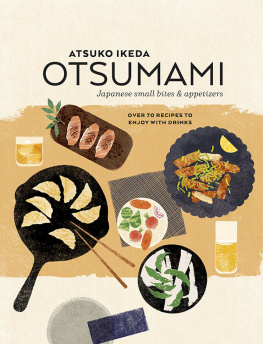
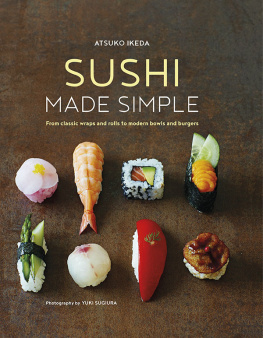
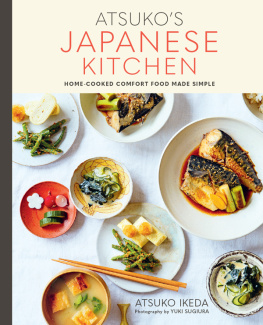



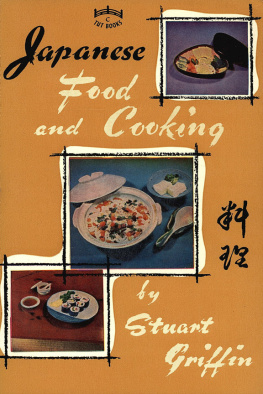

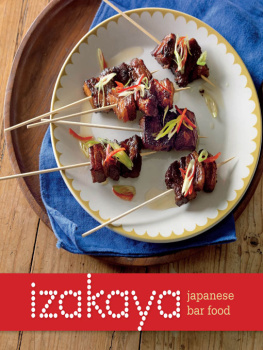
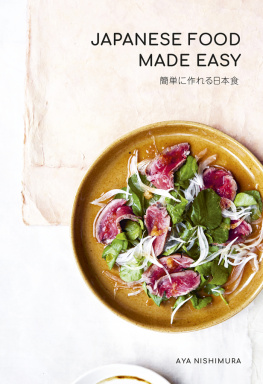








 SPRING
SPRING